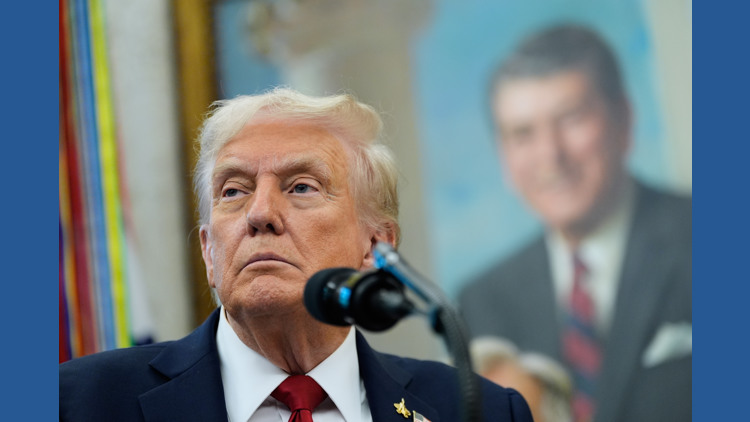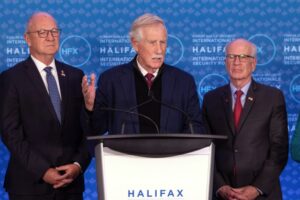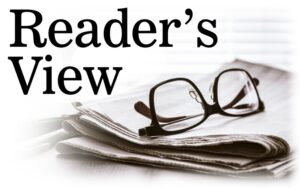
President Donald Trump speaks in the Oval Office of the White House, Tuesday, Sept. 30, 2025, in Washington. (AP Photo/Alex Brandon)
The U.S. government has officially shut down, as political leaders grapple with deeply entrenched divides. Former President Donald Trump has called on both Democrats and Republicans to unite and resolve the situation. “You have to get people in a room, and you have to just make deals for the good of the country,” he remarked during a similar crisis in 2013. The current administration, however, is taking a markedly different stance, with the Republican Party refusing to negotiate with Democrats amid the ongoing shutdown, which many Republicans claim they instigated.
This shutdown reflects a complex history in which both parties have wielded the threat of government closures as a strategy to achieve policy goals. Senate Democratic Leader Chuck Schumer criticized this tactic in the past, stating that ideologues “amazingly believe that causing a shutdown is somehow a good thing, if it gets them what they want.” Presently, Schumer and many Democrats are rejecting funding bills unless they include specific healthcare provisions, demonstrating a shift in their approach.
The dynamics of shutdown negotiations illustrate a recurring theme: politicians often find themselves on both sides of the argument. Brendan Buck, a former aide to House Speakers John Boehner and Paul Ryan, pointed out that both parties often misjudge the public’s perception of their positions. He noted, “It’s a political messaging exercise framed as a negotiating tactic, but there’s very little evidence that it really serves a policymaking purpose.”
As the current shutdown unfolds, notable figures such as Vice President JD Vance have changed their rhetoric. In September 2024, while serving as a senator, Vance argued for using government funding as leverage to achieve Republican objectives. “Why shouldn’t we be trying to force this government shutdown fight to get something out of it that’s good for the American people?” he asked in a podcast interview. Now, however, he claims it is “not reasonable” for Democrats to use their proposals as leverage to shut down the government.
The history of shutdowns in the U.S. reveals that specific policy goals often dictate the motivations behind them. In 2013, Republicans, led by Texas Senator Ted Cruz, insisted that any funding bill strip resources from the Affordable Care Act, resulting in a 16-day shutdown. Conversely, in January 2018, Democrats sought legal protections for young immigrants known as “Dreamers,” but the shutdown ended after only three days when Trump refused to negotiate.
The most significant shutdown during Trump’s presidency lasted 35 days, stemming from his demand for funding for a border wall. Ultimately, the party initiating the shutdown rarely achieves its objectives. The Affordable Care Act remained funded, Democrats received only a vote on protections for “Dreamers,” and Trump had to declare a national emergency to procure funds for his wall.
Looking ahead, the potential outcomes for Democrats in the current standoff seem bleak. They seek an extension of healthcare subsidies for those purchasing plans through the Affordable Care Act, as well as a reversal of Medicaid cuts enacted through the Republican tax law earlier this year. Michael Thorning, formerly an aide to Senator Tom Udall, believes shutdowns are becoming more frequent due to a perception that neither party faces significant electoral repercussions. “It’s hard to see any pattern of public accountability there,” he stated, now serving as director of the Structural Democracy Project at the Bipartisan Policy Center.
The White House has not yet commented on Trump’s previous remarks regarding shutdowns. A spokesperson, Abigail Jackson, later responded to inquiries, framing the current situation as a distraction by Democrats. “Here’s the truth: Democrats shut down the government because they want free healthcare for illegal aliens and they know it hurts the American people,” she said.
As negotiations continue, both parties seem entrenched in their positions, with the American public caught in the crosshairs of political strategy. The ongoing shutdown illustrates the complexities of governance and the challenges of bipartisan cooperation in a polarized political landscape.







